- Using MaxLinear's single MAC architecture Wi-Fi 7 SoCs, MLO STR reduces latency and enhances throughput in dense, multi-device environments.
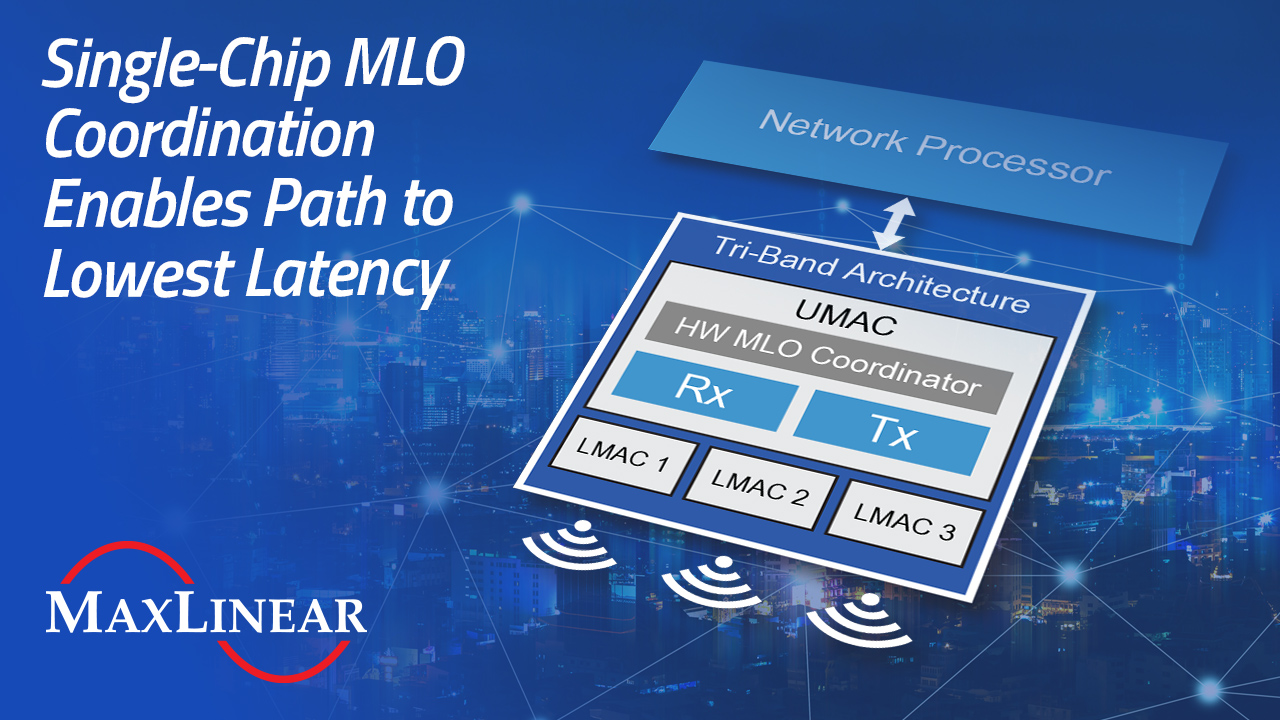
Author
| Ehud Kedar Director of Software Engineering |
Introduction
WiFi-7 is the latest evolution of the wireless standards that introduces advanced features to address the growing demands for higher performance, lower latency, and improved efficiency. One of its groundbreaking technologies is Multi-Link Operation (MLO) with simultaneous transmit and receive (STR). When implemented using a single medium access control (MAC) architecture, MLO STR provides significant benefits in dense environments, where multiple devices contend for limited bandwidth. Among these benefits, reduced latency and enhanced throughput are the most transformative for the user experience.
Latency Reduction in Dense Environments
Latency is the delay in transmitting data packets and it is a critical performance metric for applications like online gaming, virtual reality, video conferencing, and industrial automation. Dense environments, such as office buildings, airports, and urban residential areas, aggravate latency due to interference and congestion caused by a high concentration of devices. Wi-Fi 7's MLO STR, operating under a single-MAC architecture, offers a robust solution to this challenge.
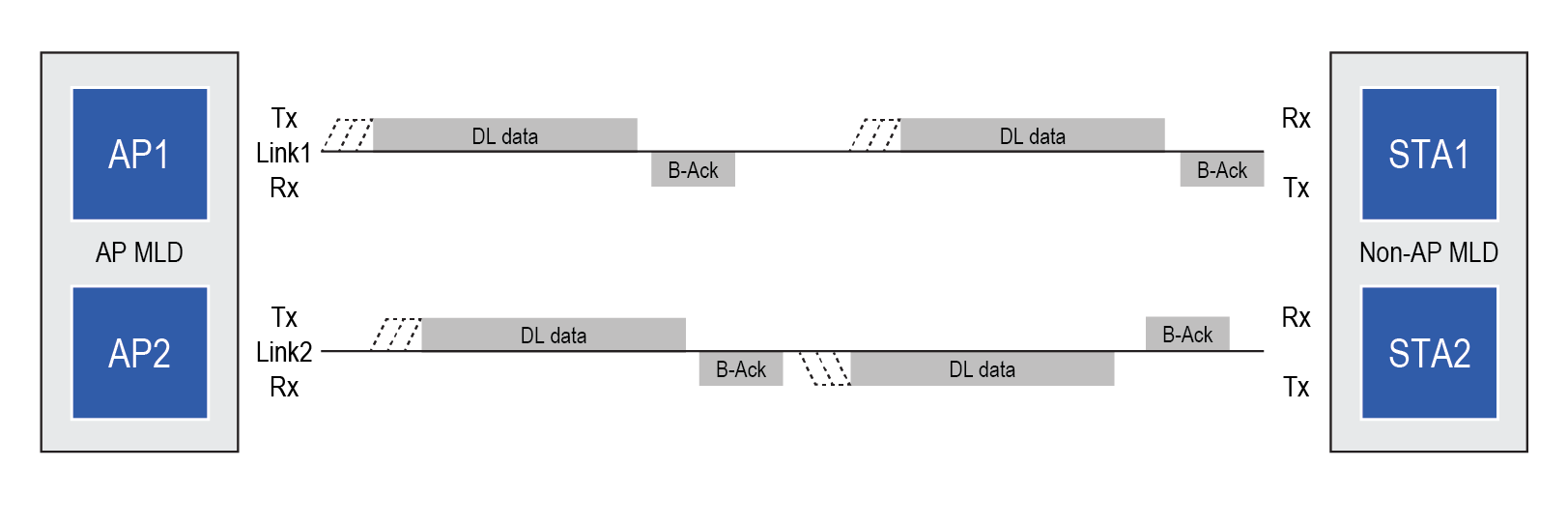
Figure 1: STR Sequence between two Multi-Link Devices (MLDs)
A single-MAC architecture manages all available links holistically, optimizing resource allocation and coordination. In contrast, a multi-MAC architecture handles each link operation independently, potentially leading to inefficient use of bandwidth and higher contention. By leveraging a unified control mechanism, a single-MAC architecture minimizes link-switching delays and reduces the overhead associated with independent link management. This streamlined operation results in consistently lower latency, even in environments with heavy traffic.
Moreover, MLO STR enables simultaneous data transmission and reception across multiple links. This capability is especially beneficial in dense scenarios where devices frequently contend for access to the wireless medium. STR reduces waiting times by ensuring that uplink and downlink transmissions can occur without interruption, effectively cutting the latency associated with sequential transmission schemes. For latency-sensitive applications, this improvement can be the difference between a seamless and a frustrating user experience.
Enhanced Throughput in Congested Networks
While latency is a critical focus, the single-MAC architecture for MLO STR also delivers notable improvements in throughput, the rate at which data is successfully delivered. In dense environments, throughput often suffers due to interference and packet collisions. Wi-Fi 7 operates on multiple links simultaneously to mitigate these issues by distributing traffic across different frequency bands and channels.
With a single-MAC coordinating all links, data flows can be dynamically balanced based on real-time network conditions. This prevents bottlenecks and ensures that underutilized channels are efficiently leveraged.
In crowded environments, this translates to faster downloads, smoother video streams, and more reliable connections, even during peak usage hours.
MxL31708 and MxL31712: Single-MAC Wi-Fi 7 Solutions
MaxLinear's single-chip Wi-Fi 7 SoCs (MxL31708 and MxL31712) are Optimal LinkTM that exemplify the advantages of a single-MAC architecture in Wi-Fi 7, by providing significant benefits in dense environments where multiple devices contend for limited bandwidth. Unlike competing access point solutions that use separate devices for each frequency band that often require separate MAC architectures for management, the MxL371xx devices integrate all bands into a unified single-MAC design. This integration eliminates the inefficiencies associated with managing multiple MACs, such as higher latency due to coordination delays and suboptimal resource utilization.
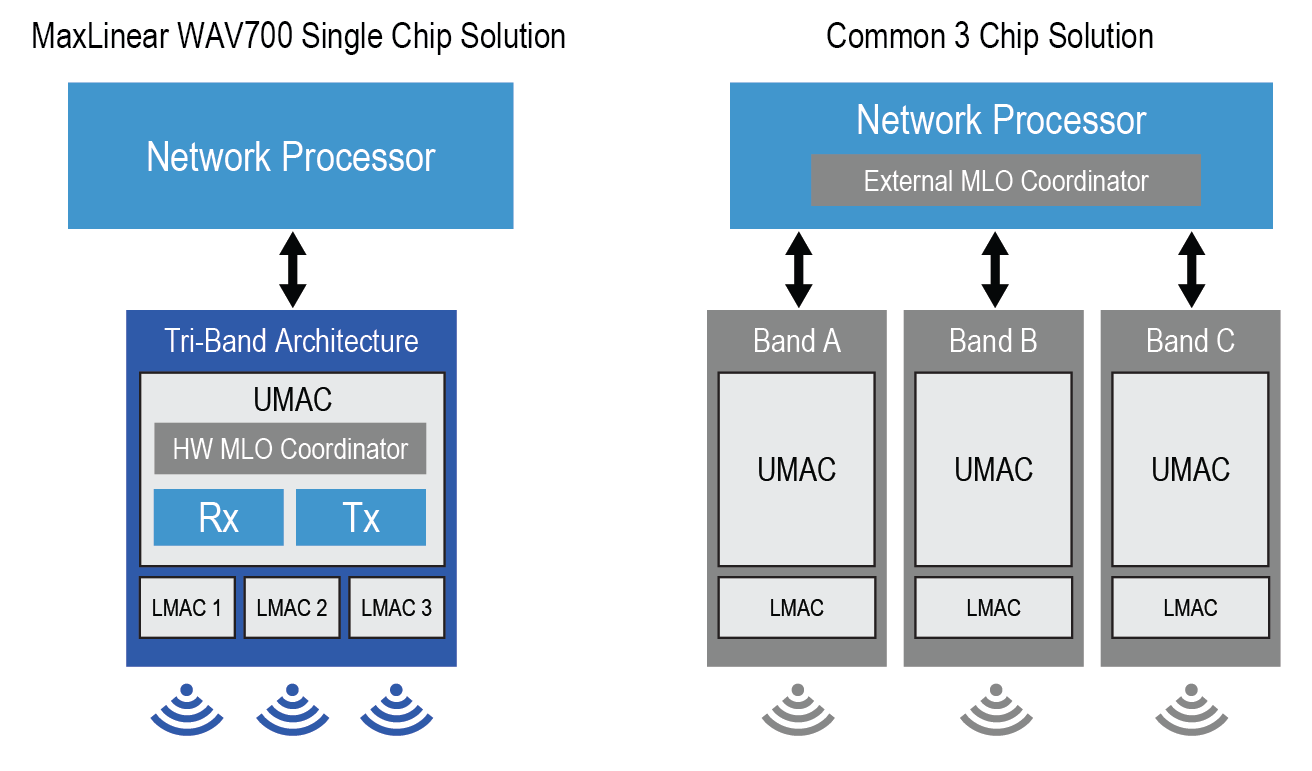
Figure 2: Single-Chip Wi-Fi Solution vs. Multi-Chip, Multi-MAC Solution
The Optimal Link™ scheduler, ensures seamless multi-link coordination, maximizing the benefits of MLO STR. By consolidating control and leveraging advanced scheduling algorithms, the MaxLinear's single-chip MxL317xx Wi-Fi 7 SoCs reduce latency more effectively than multi-chip, multi-MAC solutions. They also simplifies hardware design and reduces power consumption, making it a cost-effective and energy-efficient choice for dense deployments
Figure 3 shows test data comparing single-link solution with the MaxLinear Optimal Link™ scheduler, testing latency as the overlapping network noise increases. The following simulation also shows that the STR can improve the latency by a 70% factor while interference levels increase.
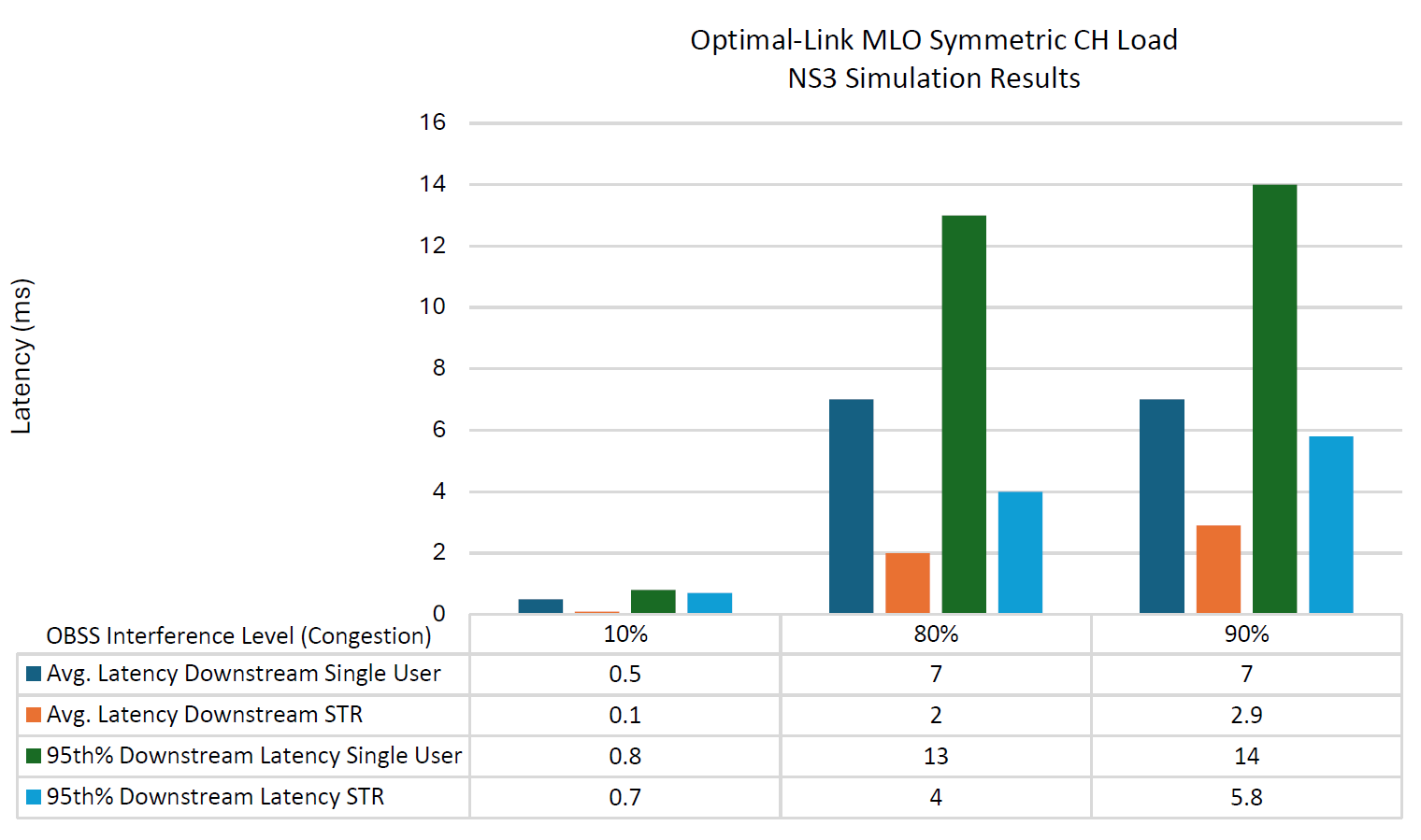
Figure 3: MxL31712 WDS Simulation Measurement of the Average and 95% Percentile for Ping Round Trip Delay, with and without MLO-STR
The following figure shows a significant improvement of 70% in real life testing in highly dense environment between single user test case to STR test case.
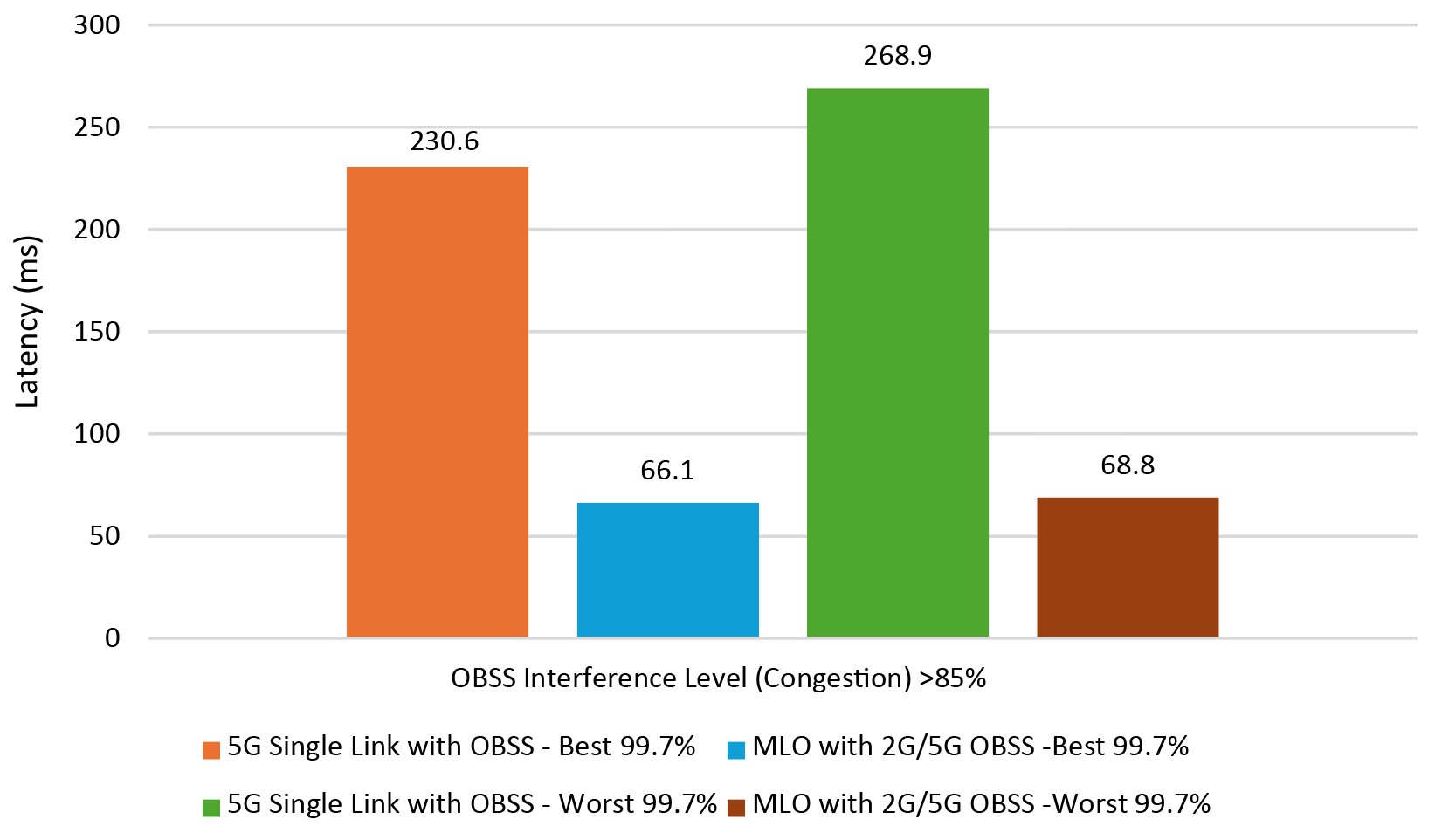
Figure 4: MxL31712 WDS Measurement of the 99.7% Percentile for Ping Round Trip Delay. Best and Worst with and without MLO-STR
Note that in the previous figures, congestion represents the airtime utilization due to overlapping BSS (AP) traffic in a dense environment.
Additionally, the MaxLinear's single-chip MxL317xx Wi-Fi 7 SoCs outperform multi-chip solutions in terms of throughput in dense and populated environments. By enabling simultaneous operation across all bands without inter-chip communication overhead, the MxL31708 and MxL31712 provide higher aggregate throughput.
The Synergy of Latency and Throughput Improvements
The interplay between reduced latency and enhanced throughput amplifies the benefits of a single-MAC architecture for MLO STR in Wi-Fi 7. Lower latency ensures that data packets are delivered promptly, while higher throughput allows more data to be transmitted within the same timeframe. Together, these improvements provide a superior user experience, enabling advanced applications and ensuring reliable performance in the most challenging network conditions.
In conclusion, the adoption of a single-MAC architecture for MLO STR in Wi-Fi 7, as demonstrated by MaxLinear's MxL31708 and MxL31712, represents a significant advancement in wireless networking. By reducing latency and boosting throughput in dense environments, this approach addresses the pressing demands of modern connectivity. As Wi-Fi 7 becomes more widely deployed, single MAC-enabled solutions like the MxL31708 and MxL31712 undoubtedly set a new standard for performance and reliability in high-density scenarios.
Stepping into the Future-MaxAI™ Usage for MLO
Wi-Fi 7, with its Multi-Link Operation (MLO), is already a significant leap forward in wireless technology. However, the integration of AI can further elevate its capabilities. With the introduction of MaxLinear's MaxAI™, the MLO scheduler has the ability to dramatically optimize MLO by dynamically managing traffic loads across multiple links and creating sophisticated algorithms that predict and manage network traffic patterns in real-time. MaxAI™ by these methods can ensure efficient data flow, minimizing congestion and improving latency. This is particularly beneficial in environments with numerous IoT devices where AI can predict and adapt to varying network demands in real-time.
References
For more information, refer to the the following documents:
- Wi-Fi 7 The Future of Connectivity (001TB)
- Wi-Fi 7 SoCs (014FL).
To download them, go to www.maxlinear.com/Wi-Fi 7/#resources.
Additional Information
For additional information on Wi-Fi 7 and MaxLinear Wi-Fi 7 family of solutions, contact your local MaxLinear sales office, representative, or distributor.
